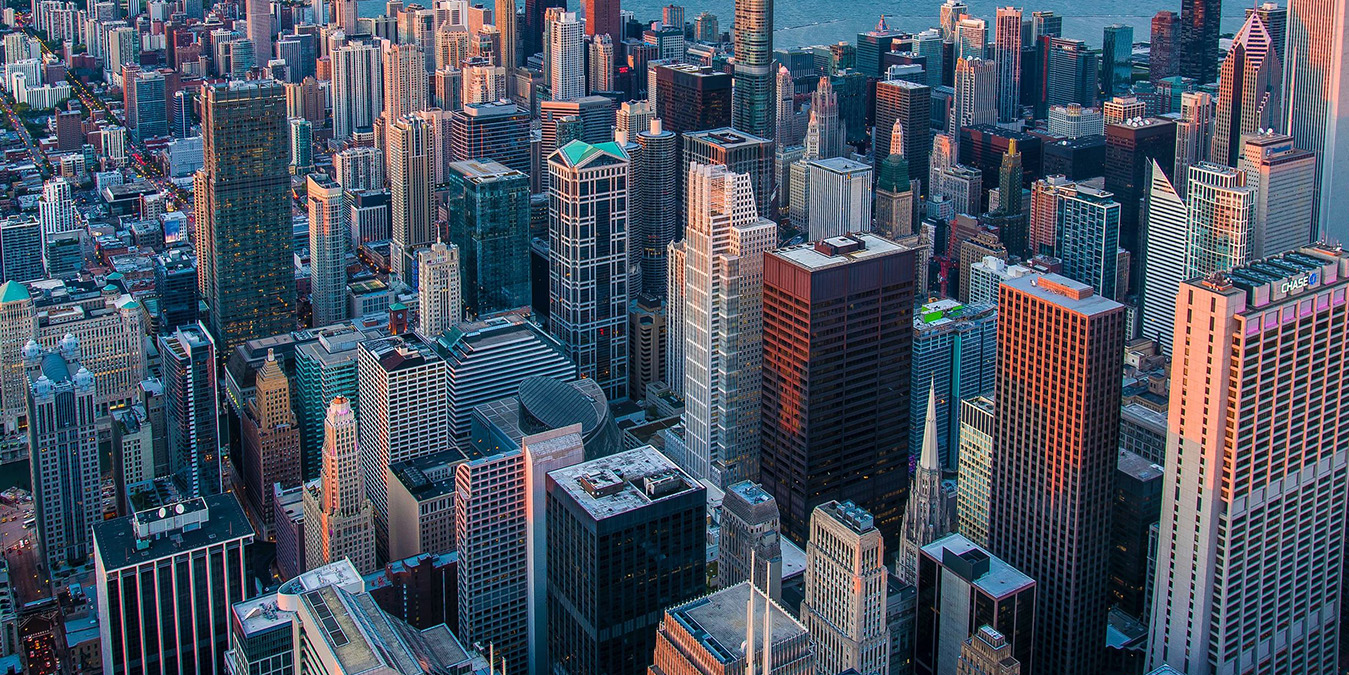
Chicago Tour Packages
ChicagoChicago, on Lake Michigan in Illinois, is among the largest cities in the U.S. Famed for its bold architecture, as the hub of the Midwest, Chicago is easy to find.
-
Overview
-
Itinerary
Next Adventure
Related Destinations
-
 DubaiView Details
DubaiView Details -
 Saudi ArabiaView Details
Saudi ArabiaView Details -
 DohaView Details
DohaView Details -
 SrilankaView Details
SrilankaView Details -
 ItalyView Details
ItalyView Details -
 New ZealandView Details
New ZealandView Details -
 ParisView Details
ParisView Details -
 LahoreView Details
LahoreView Details -
 VeniceView Details
VeniceView Details -
 IslamabadView Details
IslamabadView Details -
 Bora Bora IslandView Details
Bora Bora IslandView Details -
 KarachiView Details
KarachiView Details -
 HawaiiView Details
HawaiiView Details -
 San FranciscoView Details
San FranciscoView Details -
 USAView Details
USAView Details -
 Las VegasView Details
Las VegasView Details -
 AustraliaView Details
AustraliaView Details -
 Los AngelesView Details
Los AngelesView Details -
 CanadaView Details
CanadaView Details -
 MauritiusView Details
MauritiusView Details -
 SingaporeView Details
SingaporeView Details -
 SofiaView Details
SofiaView Details -
 MalaysiaView Details
MalaysiaView Details -
 New YorkView Details
New YorkView Details -
 ThailandView Details
ThailandView Details -
 AthensView Details
AthensView Details -
 IrelandView Details
IrelandView Details -
 LondonView Details
LondonView Details -
 AustriaView Details
AustriaView Details -
 PerthView Details
PerthView Details -
 TorontoView Details
TorontoView Details -
 Netherlands And BelgiumView Details
Netherlands And BelgiumView Details -
 DurbanView Details
DurbanView Details -
 BeijingView Details
BeijingView Details -
 GermanyView Details
GermanyView Details -
 ManilaView Details
ManilaView Details -
 Spain And PortugalView Details
Spain And PortugalView Details -
 EthiopiaView Details
EthiopiaView Details -
 Croatia And SolveniaView Details
Croatia And SolveniaView Details -
 LiverpoolView Details
LiverpoolView Details -
 FinlandView Details
FinlandView Details -
 ManchesterView Details
ManchesterView Details -
 RussiaView Details
RussiaView Details -
 DhakaView Details
DhakaView Details -
 GreeceView Details
GreeceView Details -
 ChittagongView Details
ChittagongView Details -
 ShimlaView Details
ShimlaView Details -
 SevilleView Details
SevilleView Details -
 OotyView Details
OotyView Details -
 CairoView Details
CairoView Details -
 MunichView Details
MunichView Details -
 GoaView Details
GoaView Details -
 FrankfurtView Details
FrankfurtView Details -
 AmmanView Details
AmmanView Details -
 Jammu And KashmirView Details
Jammu And KashmirView Details -
 TokyoView Details
TokyoView Details -
 DublinView Details
DublinView Details -
 BaliView Details
BaliView Details -
 LimaView Details
LimaView Details -
 HoustonView Details
HoustonView Details -
 SantoriniView Details
SantoriniView Details -
 IranView Details
IranView Details -
 PragueView Details
PragueView Details -
 IraqView Details
IraqView Details -
 AmsterdamView Details
AmsterdamView Details -
 IstanbulView Details
IstanbulView Details -
 BarcelonaView Details
BarcelonaView Details -
 BahrainView Details
BahrainView Details -
 NairobiView Details
NairobiView Details -
 MoroccoView Details
MoroccoView Details -
 DallasView Details
DallasView Details -
 YemenView Details
YemenView Details -
 CoorgView Details
CoorgView Details -
 LibyaView Details
LibyaView Details -
 CapetownView Details
CapetownView Details -
 KuwaitView Details
KuwaitView Details -
 HongkongView Details
HongkongView Details -
 EgyptView Details
EgyptView Details -
 FijiView Details
FijiView Details -
 AlgeriaView Details
AlgeriaView Details -
 BrusselsView Details
BrusselsView Details -
 OmanView Details
OmanView Details -
 BarbadosView Details
BarbadosView Details -
 JordanView Details
JordanView Details -
 HelsinkiView Details
HelsinkiView Details -
 ArmeniaView Details
ArmeniaView Details -
 GeorgiaView Details
GeorgiaView Details -
 AzerbaijanView Details
AzerbaijanView Details -
 SwissView Details
SwissView Details -
 TurkeyView Details
TurkeyView Details -
.jpg) MaldivesView Details
MaldivesView Details








